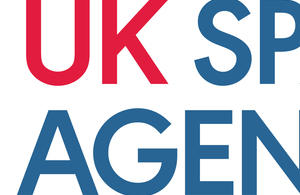Earth Observation to support Catchment Sensitive Farming
Encouraging the uptake of Earth Observation (EO) applications by the Catchment Sensitive Farming (CSF) community.

The aim of this project was to begin to encourage the uptake of Earth Observation (EO) applications by the Catchment Sensitive Farming (CSF) community. Potential users of this technology, including land managers, water utilities and various regulatory agencies attended stakeholder workshops, completed questionnaires and undertook interviews to identify user needs and generate requirements. This was supplemented by the development of case studies to assess the potential uses of satellite imagery.
The project demonstrated that EO offers a range of opportunities for the CSF community to better understand their catchments, such as:
- mapping land use for fields, sub-fields and edge-of-fields
- identifying land features and monitoring change
- understanding diffuse pollution risk to water and the impact of land management,
- characterising and managing habitats
- managing flood risk
Lessons learned
The project clearly demonstrated the synergies between the capabilities of EO and the data needs of the catchment management community. This would be optimised if both optical and radar EO solutions were utilised.
Costs and Benefits
There were a range of potential benefits from using EO data to identify what’s happening in a catchment throughout the year. This included the ability to collect data at a greater frequency, when it was needed and with improved spatial and temporal precision compared to data derived from other sources.
However, there were some potential constraints identified which included poorer identification accuracy, and difficulty in automating or acquiring appropriate expertise to interpret images. This was only exacerbated through a lack of awareness by the CSF community of the potential capabilities of EO data and the perceived obstacles in acquiring data such as access and cost.
Next Steps
To move this work closer to operationalisation would require a more comprehensive follow-on project that would need to:
- determine potential costs for an operational satellite application
- define the impact on the users’ organisations
- cover at least one representative catchment over a full agricultural year
- consider the major technical, operational and financial issues
- demonstrate the anticipated benefits (including savings) in conjunction with other contextual data, and in comparison to alternative non-EO datasets